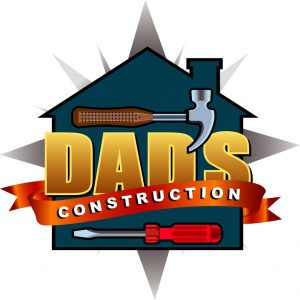Where Do You Need Fire Code Drywall?
When performing a bathroom, kitchen, or full interior remodel, clients are often surprised to hear they have firewall’s. These require special consideration. What is a firewall and where do you need fire code drywall? A firewall is a special wall or door assembly that is designed to limit the spread of fire into or out of living or occupied spaces. Examples of firewalls are:
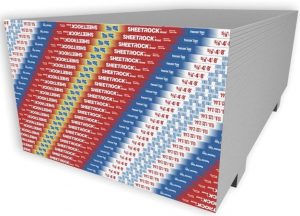 All walls and ceilings between the garage and inside living spaces.
All walls and ceilings between the garage and inside living spaces.- Walls and ceilings in attached housing.
- Any walls on zero lot lines.
- In high fire hazard areas, all ceilings and outside walls of the house.
- All walls and ceilings under stairs.
- Walls and ceilings inside furnace and water heater closets.
What’s the Purpose of a Firewall?
A firewall’s purpose is to keep you and others alive by slowing the spread of fire. Notice I said slow the spread of fire. A firewall will not stop or prohibit a fire. The concept behind a firewall is to slow the spread of fire. This allows you and your family time to safely evacuate the premises.
Let’s look at a few common examples where you need fire code drywall.
 Garage. Inside the garage you typically find combustible items. These include cars, furnace, hot water heater, and washer/dryer. Also includes the lawn mower, motorcycles, camping equipment (stoves), etc. All of these items use fire in a controlled environment (combustion). Sometimes, this “controlled fire” becomes “uncontrolled fire”, leading to a house fire. When a fire happens, time is of the essence for survival. Provided you have properly installed and working smoke alarms, a firewall provides those critical minutes to get safely out of the house.
Garage. Inside the garage you typically find combustible items. These include cars, furnace, hot water heater, and washer/dryer. Also includes the lawn mower, motorcycles, camping equipment (stoves), etc. All of these items use fire in a controlled environment (combustion). Sometimes, this “controlled fire” becomes “uncontrolled fire”, leading to a house fire. When a fire happens, time is of the essence for survival. Provided you have properly installed and working smoke alarms, a firewall provides those critical minutes to get safely out of the house.- Stairs. For homes with a second story or floor, access is by stairs. If a fire were to start or move to the area where the stairs are located, standard 1/2-inch and 5/8-inch drywall will simple burn. This will
 consume the stairs quickly. This leaves you with no ability to move safely from the second floor to outside.
consume the stairs quickly. This leaves you with no ability to move safely from the second floor to outside. - Zero Lot Lines and Attached Housing Walls. If a fire started inside your home or that of your neighbor, the fire and smoke would move quickly from one side to the other. As you can imagine, this is a deadly scenario.
Are There Different Types of Firewalls?
Yes, there are multiple kinds of firewalls and different types of materials to build them. Some walls use wood construction. Others use metal. For the purpose of this essay, we’ll only be addressing wood constructed walls. Most Orange County homes are built using wood construction.
- The most common firewalls use 2×4 or 2×6 wood framing with 5/8-inch Type X Fire Code drywall to enclose. It’s really important to
 understand that simply using 5/8-inch drywall or 5/8-inch lightweight drywall is not fire code drywall.
understand that simply using 5/8-inch drywall or 5/8-inch lightweight drywall is not fire code drywall. - In some circumstances, special drywall is installed. In these instances, building code requires a more robust 5/8-inch drywall with glass-mat. This drywall is fire code compliant and much stronger. It is also moisture and mold resistant.
- Firewalls range from 1 to 2 hours. Detached single family homes typically have a 1-hour firewall where required. Attached housing typically has a 2-hour firewall where the homes share a common wall. The interior walls and ceilings also have a 1-hour firewall.
Anything Else I Should Know about Where I Need Fire Code Drywall?
 Doors: The door between the garage and inside of your house must be a properly installed fire code door. It does absolutely no good whatsoever to have a fire code wall without a fire code door.
Doors: The door between the garage and inside of your house must be a properly installed fire code door. It does absolutely no good whatsoever to have a fire code wall without a fire code door.- Materials: The materials used to install and finish the firewall must comply with firewall building code installation and finishing requirements. Failure to install properly renders the firewall useless. Use high quality materials and installation techniques to avoid drywall popouts.
- Utilities: It’s not just the fire code drywall that makes a firewall. There are special materials and installation procedures and requirements for electrical boxes, wiring, and light fixtures. The same is true for plumbing, ducting, and hole penetrations.
- Attic Spaces: In attached housing the firewall typically extends into the attic to the roof line. Why? If a fire consumes the inside of your home and burns into the attic, your neighbor must be protected. The attic wall separating you and your neighbor must typically provide a minimum of 1-hour fire protection.
- Insurance: If you disturb any part or portion of a firewall, you are responsible for maintaining the integrity of the firewall. Even if you merely fix a hole, you have unlimited liability for any structural damage and physical harm caused. This personal liability extends to all structures, personal property, and physical injuries sustained. Only an experienced, licensed, and insured contractor should deal with firewalls. Your best bet is to leave it alone and call a company like DAD’s Construction.
Important Final Thoughts about “Where Do I Need Fire Code Drywall?”
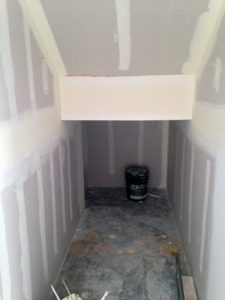 I’ve seen where many folks have opened up the area under their stairs to take advantage of all that empty space. DAD’s Construction has done this work for many customers. That’s a great way to give yourself more room to store personal items. However, if you didn’t install and finish with the correct fire code drywall and materials, you and your family are in great danger should a fire develop downstairs. Are you one of the many homeowners who opened the area under your stairs for storage? Were permits obtained? If the answer is “no” to permits, I can almost guarantee the work was not performed safely or correctly.
I’ve seen where many folks have opened up the area under their stairs to take advantage of all that empty space. DAD’s Construction has done this work for many customers. That’s a great way to give yourself more room to store personal items. However, if you didn’t install and finish with the correct fire code drywall and materials, you and your family are in great danger should a fire develop downstairs. Are you one of the many homeowners who opened the area under your stairs for storage? Were permits obtained? If the answer is “no” to permits, I can almost guarantee the work was not performed safely or correctly.
Always Hire a Reliable and Dependable Contractor to Remodel Your Home
 Always work with a trustworthy contractor like DAD’s Construction. We are experts in bathroom, kitchen, and full interior remodeling. We can remodel and manage projects in an efficient manner. DAD’s Construction will do everything to minimize the possibility of change orders. Our team will make sure we have all the necessary information to prepare a proposal that meets your requirements. Rest assured that we will provide you with a detailed, by line-item contract. We will make sure that the contents of this agreement are properly and clearly communicated to you. If you have questions or need updates regarding your project, we will always answer your inquiries.
Always work with a trustworthy contractor like DAD’s Construction. We are experts in bathroom, kitchen, and full interior remodeling. We can remodel and manage projects in an efficient manner. DAD’s Construction will do everything to minimize the possibility of change orders. Our team will make sure we have all the necessary information to prepare a proposal that meets your requirements. Rest assured that we will provide you with a detailed, by line-item contract. We will make sure that the contents of this agreement are properly and clearly communicated to you. If you have questions or need updates regarding your project, we will always answer your inquiries.
How Can I Receive More Information on Remodeling my Home?
If you would like more information on enjoying the best bathroom, kitchen, and interior remodeling experience in Orange County, call Dan at (949) 380-0177 or at dan@dadsconstruction.com for a free in home consultation. DAD’s serves all of South Orange County California. This includes Lake Forest, Mission Viejo, Foothill Ranch, Portola Hills, Ladera Ranch, Irvine, San Clemente, Dana Point, San Juan Capistrano, Rancho Santa Margarita, Coto de Caza, Dove Canyon, Laguna Niguel, Laguna Hills, Laguna Beach, Newport Beach, and Aliso Viejo.
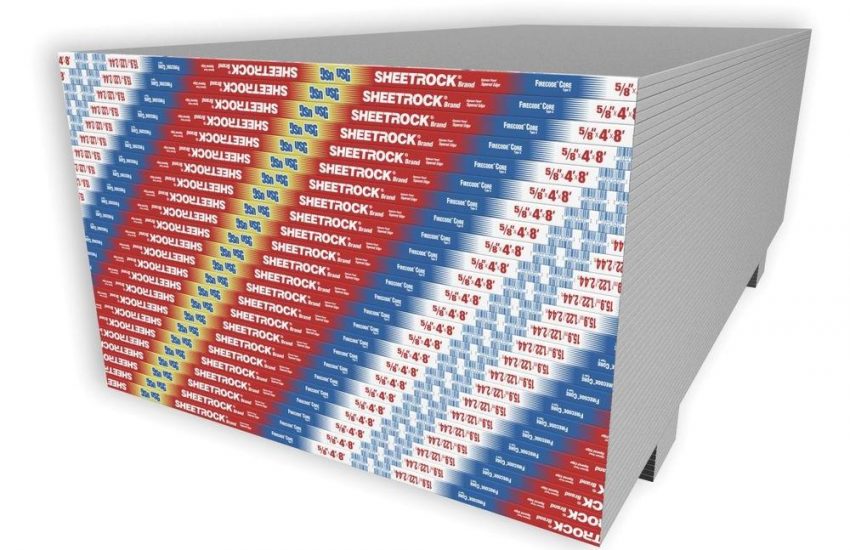
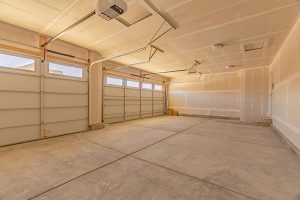
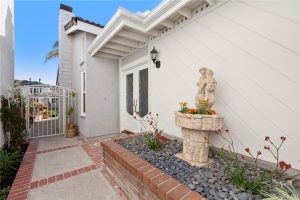 consume the stairs quickly. This leaves you with no ability to move safely from the second floor to outside.
consume the stairs quickly. This leaves you with no ability to move safely from the second floor to outside.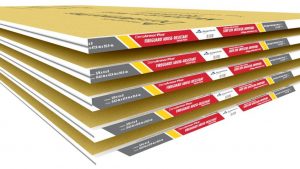 understand that simply using 5/8-inch drywall or 5/8-inch lightweight drywall is not fire code drywall.
understand that simply using 5/8-inch drywall or 5/8-inch lightweight drywall is not fire code drywall.
